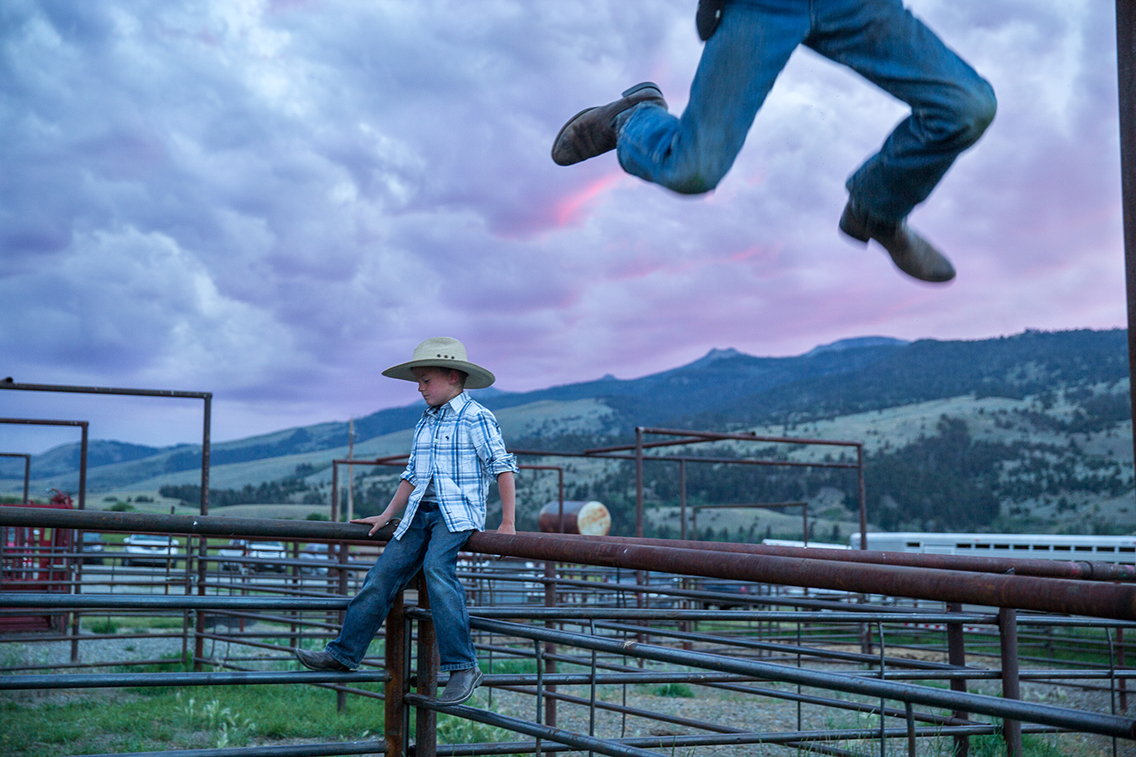Presentation
UNITED STATES • BORN IN 1992
IN THE VAST, WILD WEST
Montana is big sky country, as the vehicle licence plates in this iconic state of the American West will tell you. The region’s vast wild expanses, often associated with the American pioneer spirit, are a symbol of freedom and adventure.
Montana is also the home of photographer Louise Johns, who settled in the heart of the countryside here after extensive travelling. She tells the story of efforts to restore bison populations on the Northern plains and in the Greater Yellowstone Ecosystem – an area of 90,000 square kilometres stretching from northern Wyoming through Idaho to southern Montana. With the recovery of bison, along with wolves and grizzly bears, ranching communities are grappling with some major challenges. They are committed to the sustainable management of these lands and seek ways of sustaining their livelihood while preserving wildlife – and adapting to the growing pressures of development, tourism and leisure. From another perspective, the recovery of the bison is crucial to the cultural affirmation of the American Indian tribes, who have had a life-sustaining relationship with this animal for over 10,000 years.
The bison has thus become a point of contention, sometimes pitting livestock ranchers, environmentalists, and tribes against one another, in a cultural clash over competing perspectives and agendas. In 2023, on the edge of Glacier National Park, the Blackfeet Nation became the first indigenous community to return wild bison on their ancestral lands. These complex issues are documented by Louise Johns, in photographs that are an ode to the Wild West, to a way of life passed down from the cowboys of yesteryear. Her images also provide valuable insights into the complicated and conflict-ridden relationships between the various groups living in this fabled territory.
PRAIRIE

© Louise Johns • Exhibition In the vast, wild west

